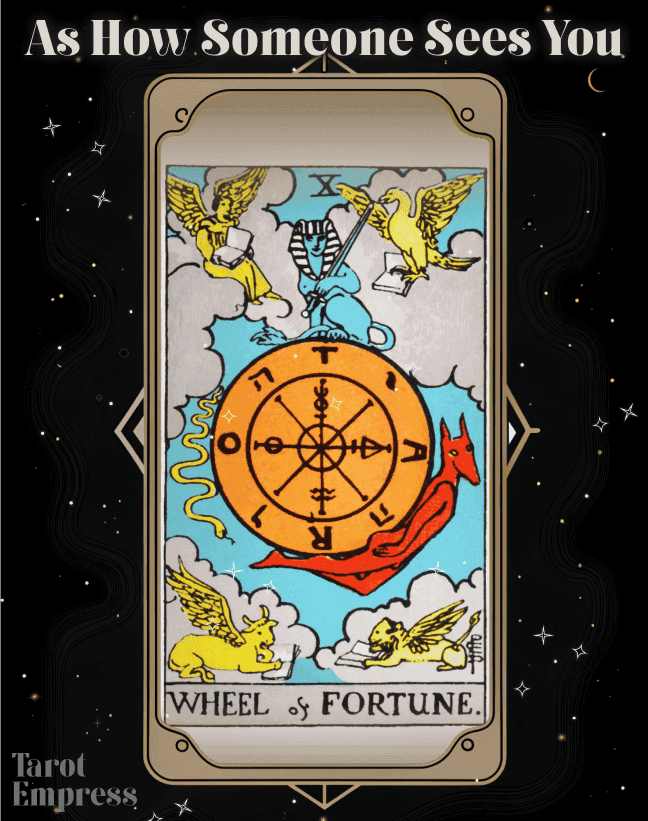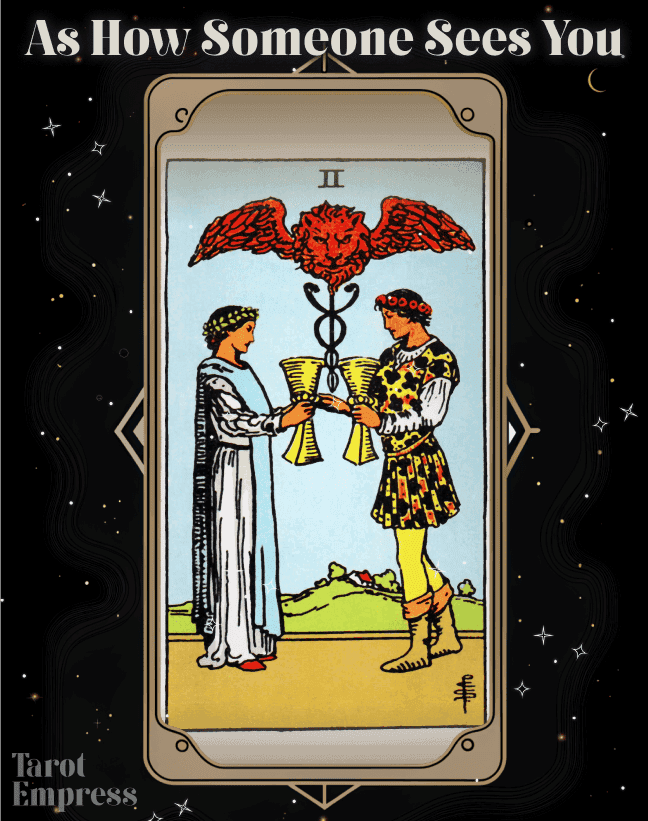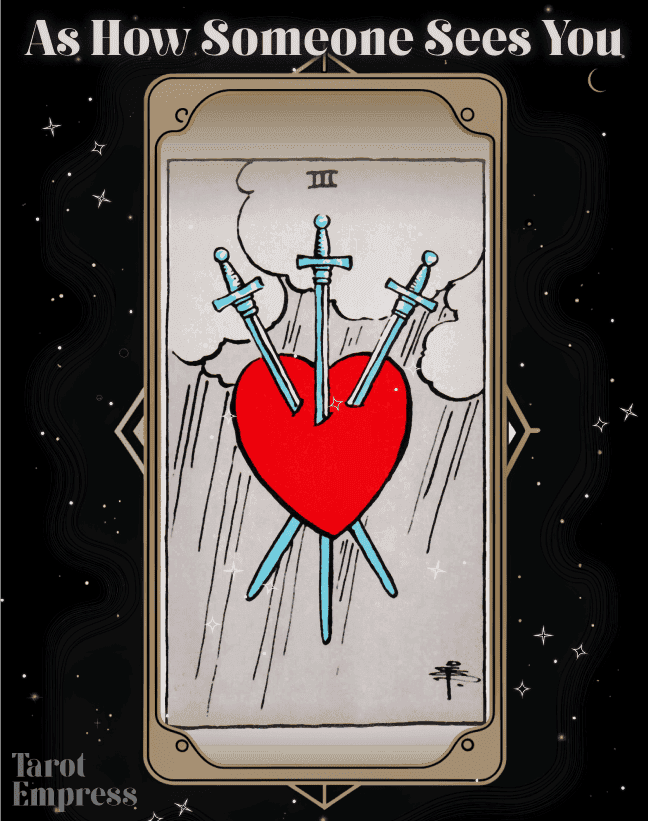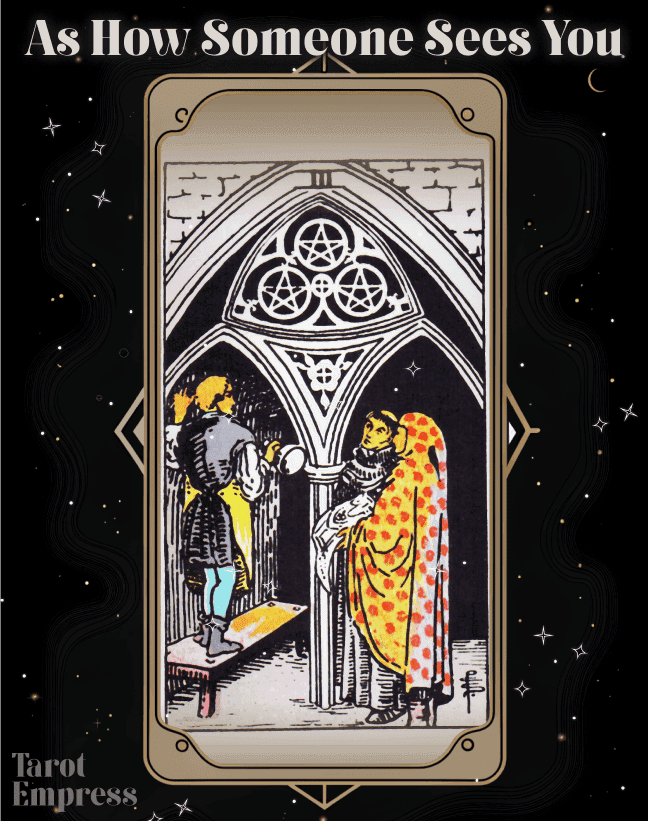Table of contents
- The Journeying Symbolism of the Six of Swords and Its Reflective Intentions
- Six of Swords Upright as Intentions: Seeking Peace and Transition
- Six of Swords Reversed as Intentions: Struggling with Transition
- Six of Swords as Someone’s Intentions: Upright vs Reversed
- Interpretation of 6 of Swords as Intentions
- Final Notes: The Journey of Intentions with the Six of Swords
- FAQs
In the vast landscape of tarot, the Six of Swords emerges as a powerful conduit for introspection, transition, and the pursuit of peace. When pondering on the intentions behind this card, we can uncover profound insights into one's motivations and desires. In both its upright and reversed states, the Six of Swords unveils an individual's journey through life’s tumultuous waters towards a hopeful horizon. Let's contemplate the various layers of its meaning and how it shapes intentions, actions, and outcomes.
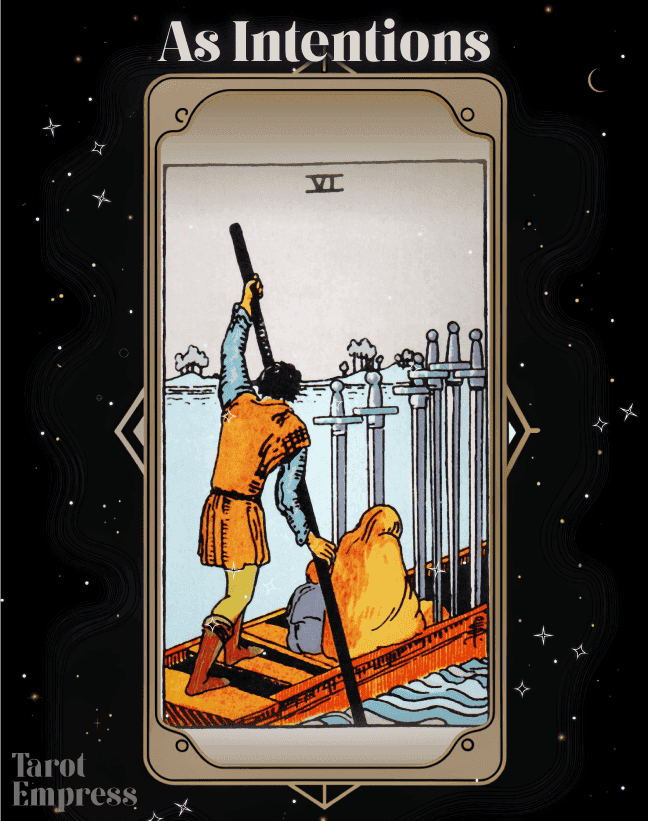
The Journeying Symbolism of the Six of Swords and Its Reflective Intentions
To comprehend the intentions reflected by the Six of Swords, one must first appreciate the card’s imagery and foundational meaning. Often depicted with a boat moving away from turbulent waters towards a calmer shore, the card speaks to a journey, transition, and the quest for tranquility. These symbols are paramount in deciphering the card’s narrative around intentions.
In its upright stance, the 6 of Swords signifies a positive transition, leaving behind difficulties, and moving towards more stable conditions. This journey could be physical, emotional, or intellectual. There is a sense of hope, progress, and the pursuit of a better state of being.
Conversely, when reversed, the 6 of Swords can suggest delays, stagnation, or even an inability to move on from past trauma or conflicts. The journey is marred, and transition becomes fraught with obstacles or resistance.
Six of Swords Upright as Intentions: Seeking Peace and Transition
When the 6 of Swords appears upright in a reading concerning intentions, it implies a desire for change and improvement. The individual is motivated by the aspiration to leave behind old patterns of distress and achieve a sense of peace.
- Seeking Resolution: The person wants to resolve ongoing conflicts or issues and is willing to take the necessary steps to do so.
- Embracing Change: There is a readiness to embrace change, even if it involves uncertainty. They are prepared to take risks for a better future.
- Letting Go: The individual may intend to let go of past burdens, relationships, or environments that have been holding them back.
- Seeking Guidance: There is an openness to seeking help or guidance from others to navigate their journey.
- Prioritizing Healing: The focus is on inner healing and finding mental and emotional stability.
Intentions in Action
Let’s translate these intentions into tangible actions to understand how they might manifest in real life:
- Conflict Resolution: Suppose someone has been experiencing ongoing disputes at work. With the Six of Swords' guidance, they might intend to have a calm and constructive dialogue to find a solution.
- Relocation: In the context of personal life, a person might be planning a physical move to a new city or country, hoping that the new environment will bring them peace and opportunities.
- End of Toxic Relationships: On an emotional front, someone might intend to end a toxic relationship, yearning for a healthier state of mind.
- Therapy or Counseling: They might choose to seek out therapy or counseling sessions to aid their healing process.
- New Beginnings: This could involve starting new projects or hobbies that allow them to focus their energy on positive growth and progress.
Six of Swords Reversed as Intentions: Struggling with Transition
When the Six of Swords appears in reverse, it highlights intentions mired in difficulty. The individual might be grappling with internal or external resistance to change. Their intentions reflect a more complicated and often challenging scenario.
- Reluctance to Move: The person might intend to stay in their current situation despite its negativity, fearing the unknown.
- Clinging to the Past: There could be an inability to let go of past grievances or relationships, leading to stagnation.
- Facing Obstacles: Intentions may include addressing unforeseen challenges that disrupt progress.
- Delayed Healing: The person may intend to heal, but find it difficult to take the necessary steps or find the right support.
- Mental Turmoil: Their desire for peace is overshadowed by an internal struggle, leading to conflicted intentions and actions.
Intentions in Action
Here are specific examples of how these reversed intentions might play out in daily life:
- Staying in Unhealthy Situations: For instance, someone might decide to remain in a job they dislike due to fear of unemployment or uncertainty in new career paths.
- Holding Grudges: In relationships, they may find themselves unable to forgive past mistakes, holding onto resentment and thus preventing any forward movement.
- Facing Roadblocks: Plans for personal projects or ventures might continuously face setbacks, leading to frustration and a feeling of being stuck.
- Procrastination: A person may intend to start therapy but continually find reasons to postpone sessions.
- Inner Conflict: Their intention to seek peace is thwarted by overthinking and anxiety, causing a loop of indecision and inner turmoil.
Six of Swords as Someone’s Intentions: Upright vs Reversed
To encapsulate the true dynamics of the Six of Swords, it’s essential to contrast how the intentions translate in both upright and reversed forms across different aspects of life.
In Personal Relationships:
- Upright: The individual aims to resolve conflicts, mend strained relationships, and seek a more harmonious connection.
- Reversed: They might be unable or unwilling to move past prior issues, causing recurrent problems and stagnant relationship growth.
In Career:
- Upright: Intentions focus on seeking new opportunities, transitioning to roles that offer better growth and satisfaction.
- Reversed: They may remain in unfulfilling jobs, wary of the instability that comes with change, resulting in professional stagnation.
In Personal Decisions:
- Upright: The person shows a readiness to make significant life changes, be it relocating, adopting new habits, or starting fresh ventures.
- Reversed: Here, the fear of change dominates, and intentions are marked by hesitation and procrastination, leading to a cycle of unfulfilled desires.
Interpretation of 6 of Swords as Intentions
Understanding the Six of Swords as intentions provides profound insights into the motivations and desires shaping someone’s actions. In its upright form, the card reflects a clear and resolute push towards transforming one's life for the better, leaving behind turmoil, and seeking serene waters. It’s a sign of hope and the willingness to embrace change.
When reversed, the card highlights the challenges in intentions, where the past still casts long shadows, and change seems daunting. These intentions are fraught with delays, internal and external battles, and a struggle to find peace.
Pathways to Understanding
In readings, interpreting the Six of Swords requires a nuanced approach, considering the context and the querent's broader life narrative. Here’s how to delve into this interpretation further:
- Personal Reflection: Encourage the querent to reflect on areas of their life where they feel stuck or ready to move forward.
- Contextual Clues: Pay attention to surrounding cards in a spread, offering deeper insight into the nature of the transition.
- Guided Questions: Ask probing questions: What change are you resisting? What does a peaceful life look like for you? How can you start your journey toward that vision?
- Support Systems: Advocate for the utilization of support systems if the reversed card appears, emphasizing the importance of guidance during tumultuous times.
Embracing Transformation
For tarot readers, the 6 of Swords is a powerful card indicating transformation. Recognizing this offers an opportunity to guide someone through their journey of transition. Whether in its upright or reversed position, the card’s message is one of movement, urging to leave behind old patterns for a brighter, calmer future.
Final Notes: The Journey of Intentions with the Six of Swords
Navigating the waters represented by the Six of Swords isn’t always straightforward. But understanding this card’s influence on intentions can offer clarity, direction, and comfort. Whatever stage we find ourselves in – whether standing at the brink of change or mired in the trepidation of it – the Six of Swords reminds us that the journey toward peace is an essential part of human experience.
Embrace the card's message and let it be a guide in every reading. Recognizing its call for transition will empower you and your querent to face changes with courage and an open heart. Whether upright or reversed, the Six of Swords is a beacon, lighting the path towards a future where intentions align with the quest for serenity and fulfillment.
FAQs
How does the Six of Swords reflect someone's intentions?
The Six of Swords as intentions often symbolizes a strong desire for change, transition, and moving away from past difficulties. When you encounter this card, it indicates that the person is motivated by the pursuit of peace and a more stable, harmonious state of being.
What actions might someone take if their Six of Swords card appears upright?
When the Six of Swords appears upright, it indicates proactive intentions toward conflict resolution, embracing life changes, and focusing on personal healing. This could manifest in actions like moving to a new place, seeking therapy, or ending a toxic relationship.
What obstacles might someone face if their Six of Swords card is reversed?
A reversed Six of Swords card signifies intentions hampered by difficulties and resistance. This might show up as reluctance to leave a troubling situation, difficulty letting go of past grievances, or experiencing delays and setbacks in achieving peace and progress.
How can the Six of Swords as intentions reveal deeper motivations?
The Six of Swords helps us understand deeper motivations by highlighting a person's commitment to transition and change. The card's narrative of moving from turbulent to calm waters uncovers their enduring quest for a more balanced and serene life, guiding us to comprehend their true motives.
In what ways can the Six of Swords influence decision-making?
When considered as intentions, the Six of Swords can influence decision-making by prompting an individual to prioritize peace and resolution. Decisions may gravitate towards actions that facilitate leaving behind turmoil, seeking guidance, and embracing new beginnings with the aim of mental and emotional stability.
How does the Six of Swords relate to choices in personal relationships?
In personal relationships, the Six of Swords reflects intentions to mend and improve connections. Upright, it suggests a readiness to resolve conflicts and foster harmony. Reversed, however, it might indicate challenges in moving past old issues, leading to recurring problems and stagnation in the relationship.

